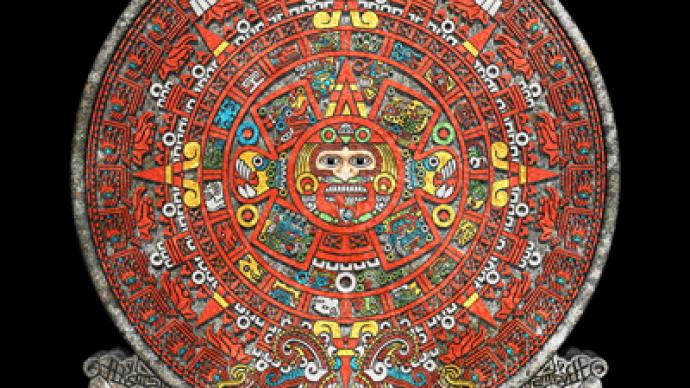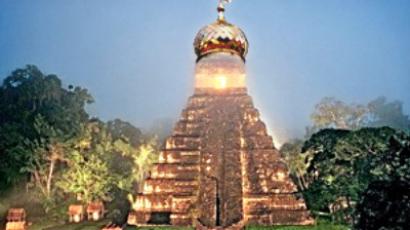Apocalypse not now: Mayan relic says 2012 not end of time

The discovery in a Guatemala jungle of a previously unknown version of the Mayan calendar offers humankind a ray of hope: the world is not going to end on December 21, 2012 and could most probably last for another billion years – or more.
The ancient inscription is estimated to be the oldest Mayan almanac found so far. It dates back some 1,200 years, at least 600 years older than previous examples. In many ways, however, the new calendar corresponds with others.The initial results of its study have been published in Science magazine by experts from Boston University. They say the calendar precisely describes solar and lunar cycles, as well as the motion of the brightest stars. Most probably it was used to conduct ceremonies and rituals, synchronized with the positions of celestial bodies.The astronomical table was found in the ruins of an ancient Mayan city, lost in a rain forest at Xultun in northeastern Guatemala. It was preserved in good condition, inscribed on the walls of a tiny cell, measuring little more than half a meter square.Its calculations say the Mayan 6,000-year-cycle does not end with doomsday, as cycles succeed one another for an unlimited period of time.The discovery means that December21, 2012 merely marks the beginning of a new calendar cycle, not an apocalypse, as was previously thought.On one wall of the ancient astronomers’ workshop is a Moon calendar, tracking the Moon's phases for about 13 years. The adjacent wall contains figures indicating four time spans from roughly 935 to 6,700 AD. The walls are also adorned with portraits of kings. It is for them that the priests kept their records, to give sound advice when times demanded a tough decision.“What you have here is astronomy driven by religion,” says expert on Mayan astronomy, Anthony Aveni of Colgate University in Hamilton, New York.















